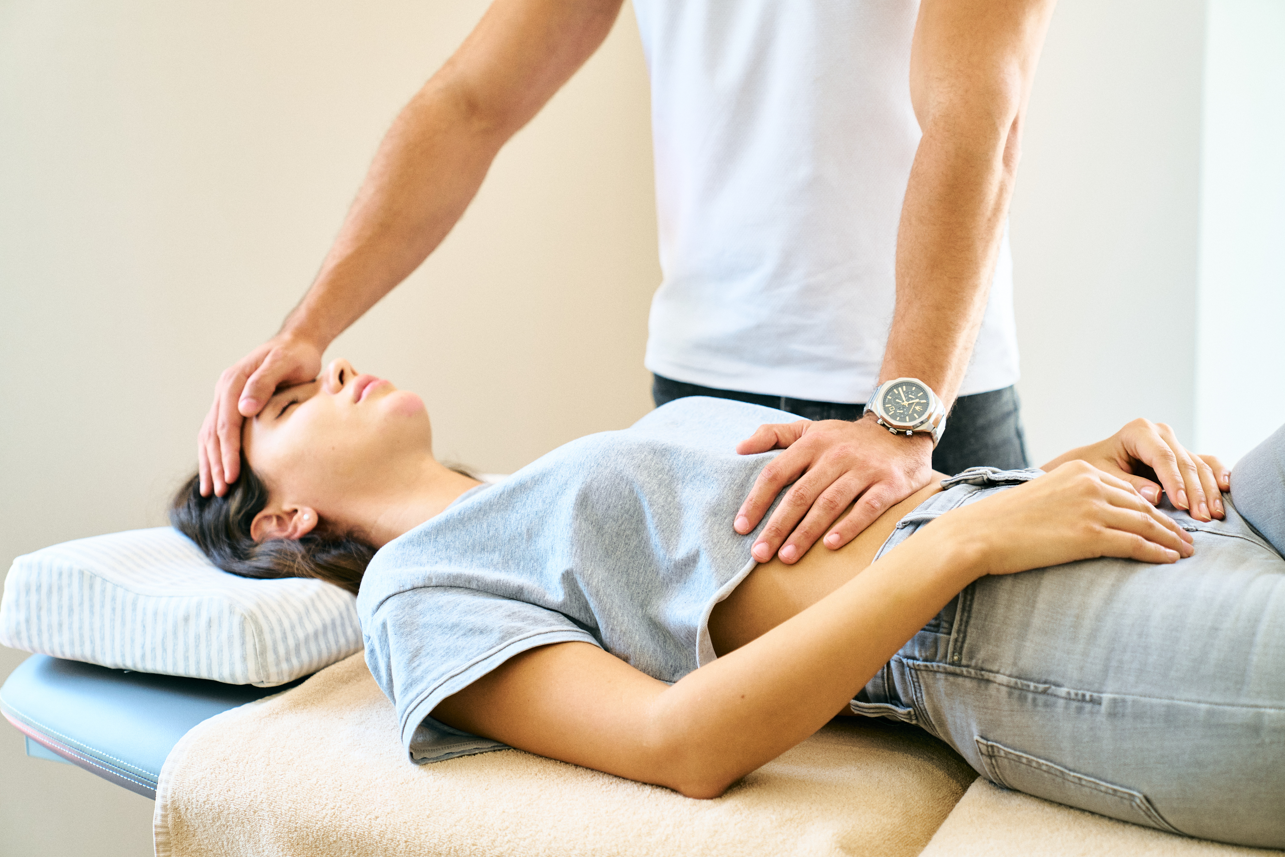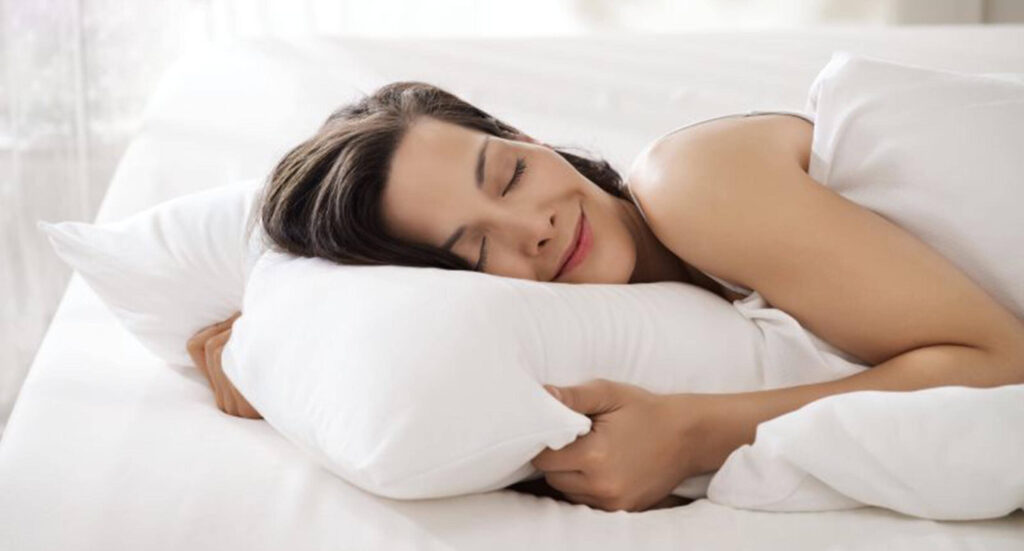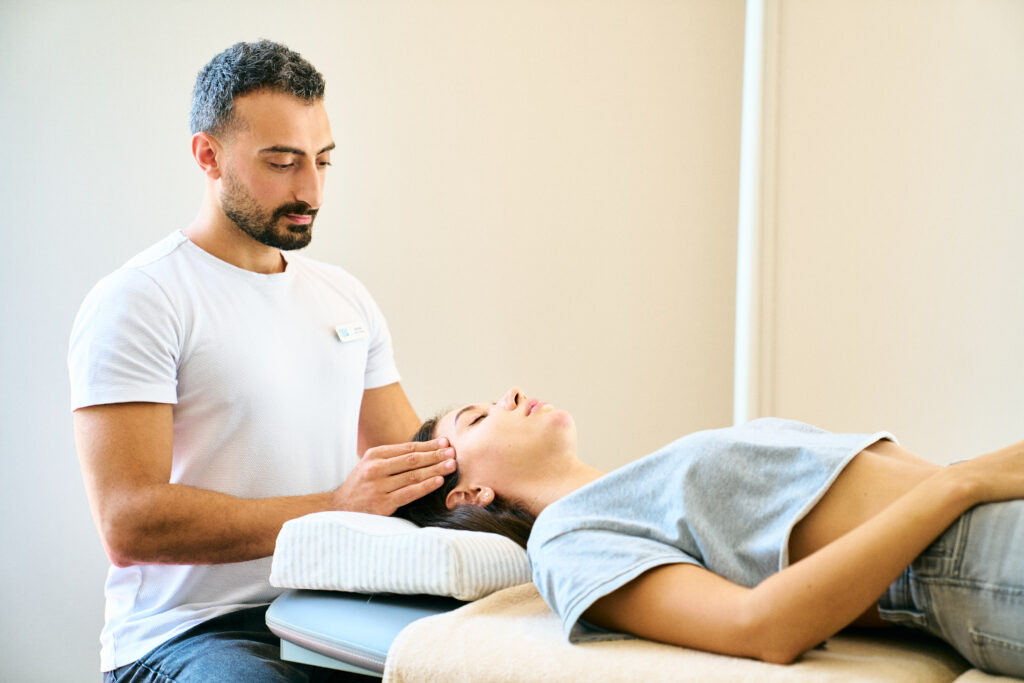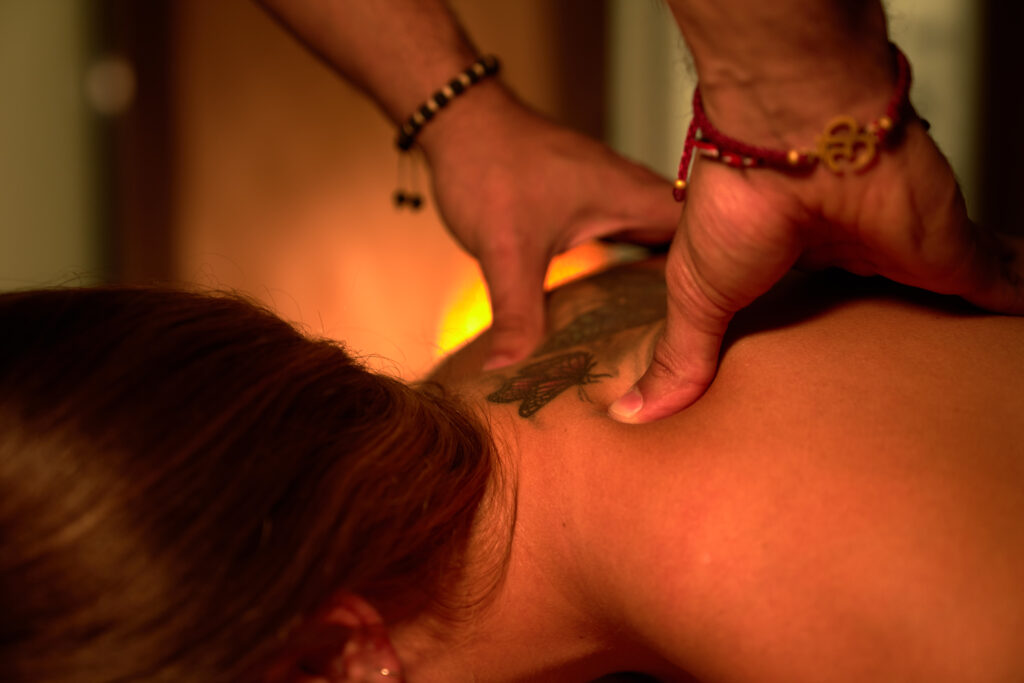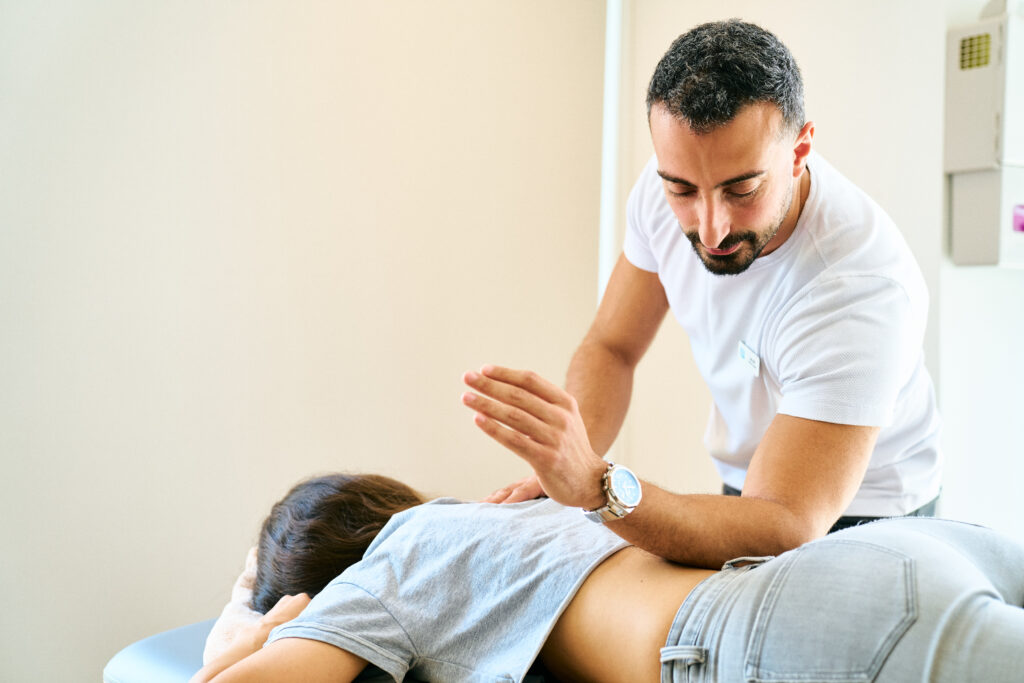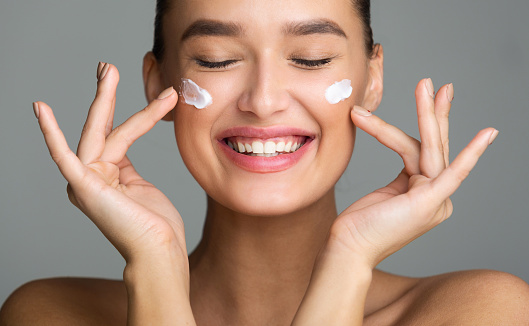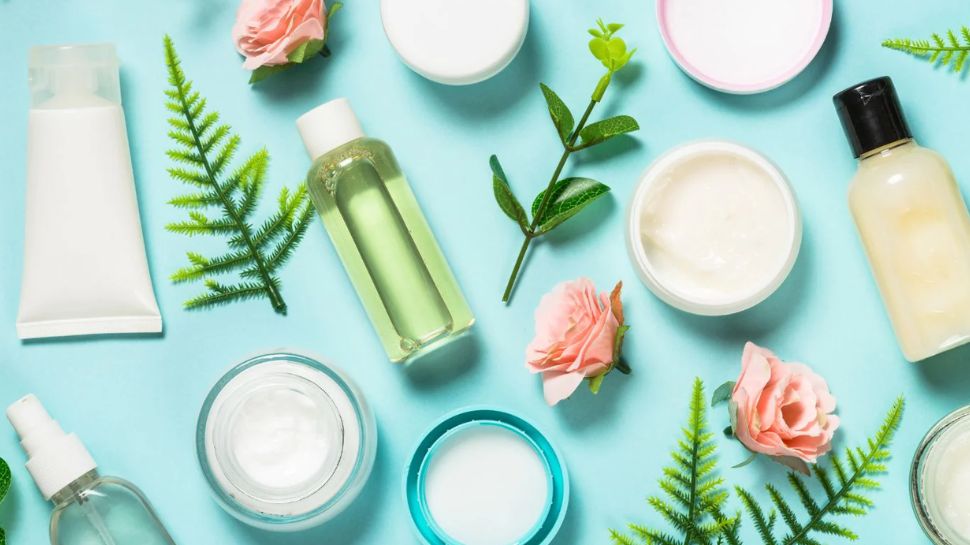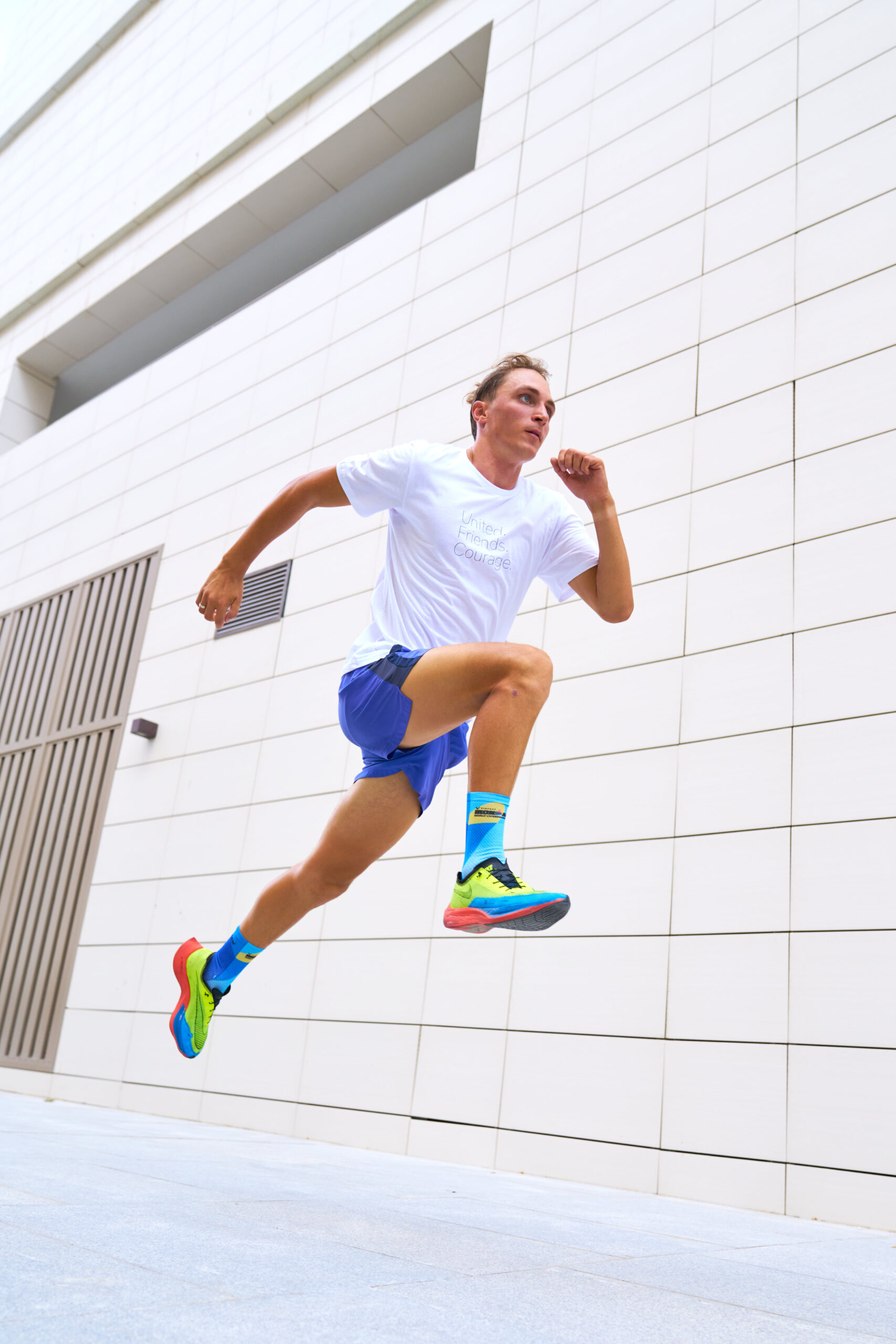High blood pressure (HBP), also known as hypertension, is one of the most common chronic conditions, affecting nearly half of all adults. Very often, it doesn’t show any symptoms, so you might not even know you have it. But when left unchecked, it can quietly lead to serious health issues like strokes, heart attacks, and heart failure. But fear not, for there is a very silver lining! One of the most effective (and easiest) ways to manage HBP is exercise, and better yet, it’s something you can do right now. You don’t need any fancy equipment or several hours to spare – just the simple act of moving your body in whatever way you can, which can have a powerful impact on your blood pressure.
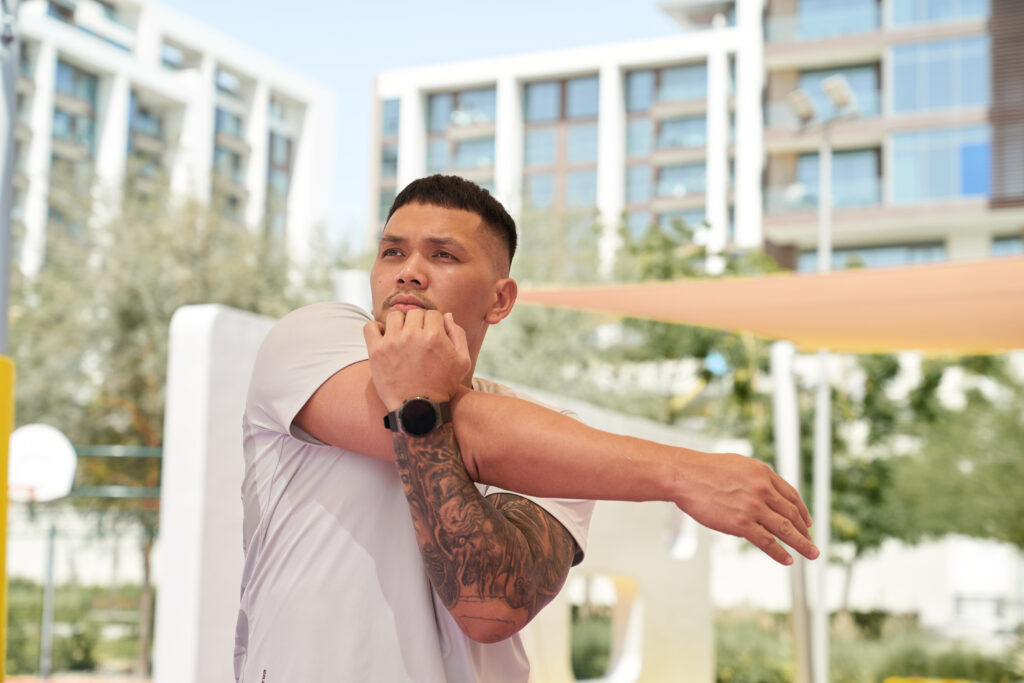
When you get moving, your heart, lungs, blood vessels, and muscles work together, triggering your body to release certain chemicals that relax and widen your blood vessels. This eases the pressure on your arterial walls, which in turn lowers your blood pressure. In fact, the benefits can last up to 24 hours after you exercise. Studies even show that staying active can lower your blood pressure by 5 to 7 mmHg—and that’s on par with what some common medications do. You can’t get much more of a ‘natural treatment’ than that!
Safely Exercising with High Blood Pressure
If you’ve been diagnosed with high blood pressure, it’s important to approach exercise with a cautious and informative approach. While physical activity can indeed be a solution to lowering blood pressure in the long run, it can still temporarily raise it during a workout.
Start safely with these general tips for all types of exercise:
- Get medical clearance from your doctor, especially if your blood pressure is not well-controlled.
- Avoid breath-holding or straining (like during heavy lifting), which can spike your blood pressure.
- Warm up and cool down for at least 10 minutes to allow your heart and blood vessels to adjust gradually.
- Stay hydrated – dehydration can lead to a rise in blood pressure, so drink plenty of water during your workout.

What the Research Shows: The Best Types of Exercise for High Blood Pressure
Research confirms that a combination of aerobic exercise, resistance training, and isometric exercises offers the most effective approach to lowering blood pressure.
- Aerobic Exercise
Aerobic exercises are great for overall cardiovascular health and long-term blood pressure management. They improve your heart and lung function, helping to lower blood pressure steadily over time.
Examples: Walking, cycling, swimming, jogging, dancing
How to do it safely: Start with moderate intensity (enough to raise your heart rate but still allow you to speak comfortably). Aim for at least 150 minutes of moderate-intensity exercise per week. Begin with shorter sessions and gradually increase as your fitness improves. - Resistance Training
Lifting moderate weights or using resistance bands strengthens muscles, increases metabolism, and helps lower blood pressure. However, be cautious with heavy lifting, as it can temporarily spike blood pressure due to exertion.
Examples: Bodyweight exercises (push-ups, squats), resistance bands, light dumbbells, weight machines
How to do it safely: Focus on lighter weights and higher repetitions to avoid excessive strain. Perform controlled movements and avoid holding your breath. Aim for 2–3 resistance training sessions per week, ensuring you leave a day of rest between workouts. - Isometric Exercises
Isometric exercises involve holding static positions where the muscles contract without changing length, which make them low-impact and effective at lowering blood pressure.
Examples: Wall sits, planks, static lunges
How to do it safely: Start with shorter durations (15–30 seconds per hold) and gradually build up. Focus on controlled, steady breathing to prevent any spikes in pressure. Keep the intensity moderate, and aim for 2–3 sessions per week.
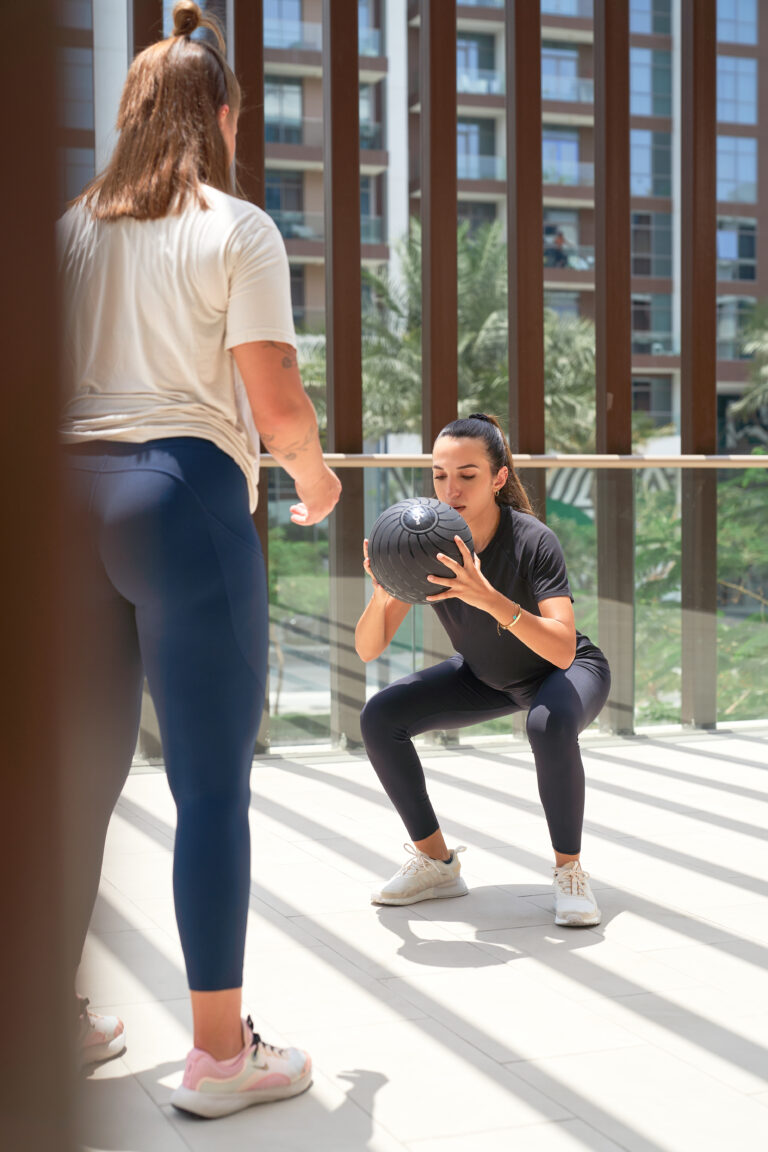
Getting Started the Smart Way – At The Flow Space
At The Flow Space, we believe that smart training starts with deep understanding—especially when it comes to things like exercising with high blood pressure. That’s where our in-house expert, Dr. Gianlorenzo Daniele, comes in.
Dr. Daniele isn’t just a physician in Sports and Exercise Medicine – his expertise spans exercise physiology, longevity, anti-doping, and injury prevention, all grounded in years of clinical work and scientific research across the world. At The Flow Space, Dr. Daniele personally oversees a series of advanced tests that help make it possible to give you a complete picture of your own personal health and fitness needs:
- VO₂ Max Testing – reveals how efficiently your body uses oxygen during exercise, helping us set your ideal cardio intensity.
- Resting Metabolic Rate (RMR) Testing – shows how many calories your body burns at rest, essential for effective weight and energy management.
- ECG & Stress ECG Testing – gives a detailed look at your heart’s function both at rest and under physical stress, identifying any red flags before they become real issues.
These tools allow our doctor to provide you with individualized, medically backed training advice that takes your unique physiology into account. You’ll walk away with crystal-clear guidance on how to move, how hard to push, and how to progress safely, all while working toward lower blood pressure and better long-term health.
Real Support from Real Experts
Under the same roof as Dr. Daniele is our team of experienced physiotherapists, specialized trainers and various other specialists, who work hand-in-hand with him to ensure you’re supported every step of the way. Whether you’re just starting out or looking to optimize on your current condition, we’ll help you:
- Exercise confidently, knowing you’re doing it safely
- Improve steadily with ongoing assessments and progress tracking
- Stay motivated and supported with expert coaching tailored to your lifestyle

Exercise is more than a recommendation; it’s a prescription for better heart health, and ultimately a better quality of life. And when guided by science and a team that truly understands your needs, it becomes one of the most powerful tools for managing blood pressure.
Book your consultation at The Flow Space today and let us help you take control of your health through smart, safe, and personalized movement.

